We often hear that “sugar is bad for you.” But is all sugar equally harmful? And, does the form it comes in, liquid or solid, make a difference?
A new international study suggests that sugary drinks, not sugar in food, may pose the greatest risk when it comes to type 2 diabetes (T2D).
A comprehensive analysis of 29 long-term studies involving over 800,000 people worldwide has uncovered surprising findings about how different types of sugar affect your risk of developing T2D. The results challenge common assumptions about sugar intake, and reveal that where your sugar comes from matters more than how much you consume.
I’ve broken down this landmark research into six key takeaways that could reshape how you think about sugar and diabetes risk. Let’s begin.
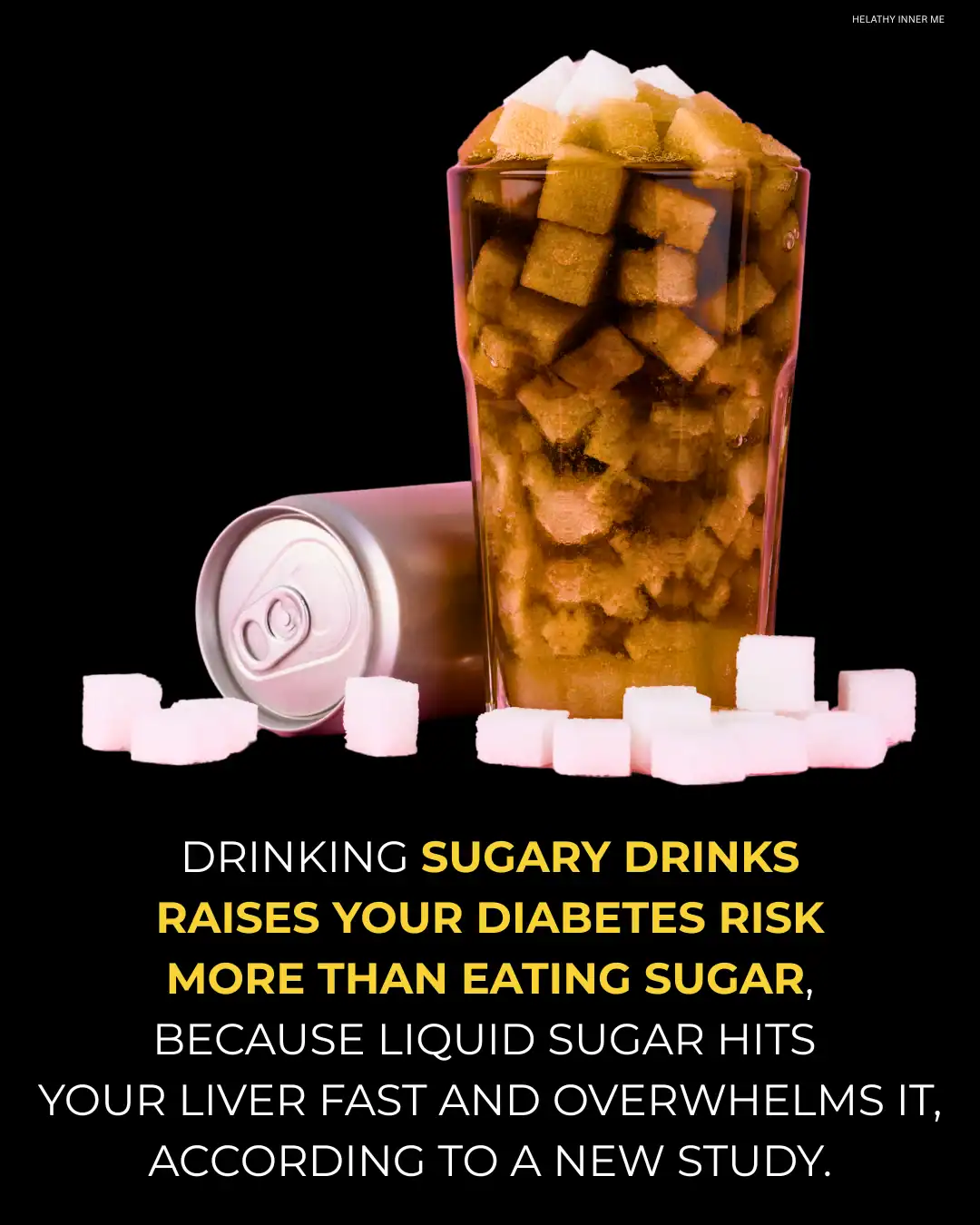
1. Not All Sugar Is Created Equal When It Comes to Diabetes Risk
For years, sugar has been treated as a single dietary villain. But this extensive research shows that sugar’s impact on your body depends heavily on its source and form.
The study examined various sugar types such as total sugar, added sugar, fructose, and sucrose, along with intake from beverages like sodas and fruit juices. What researchers discovered was striking. Sugar consumed in liquid form significantly increases diabetes risk, while sugar from solid foods showed neutral or even protective effects.
This challenges the widespread belief that all sugar uniformly raises diabetes risk. The form in which you consume sugar appears to be the critical factor in how it affects your metabolic health.
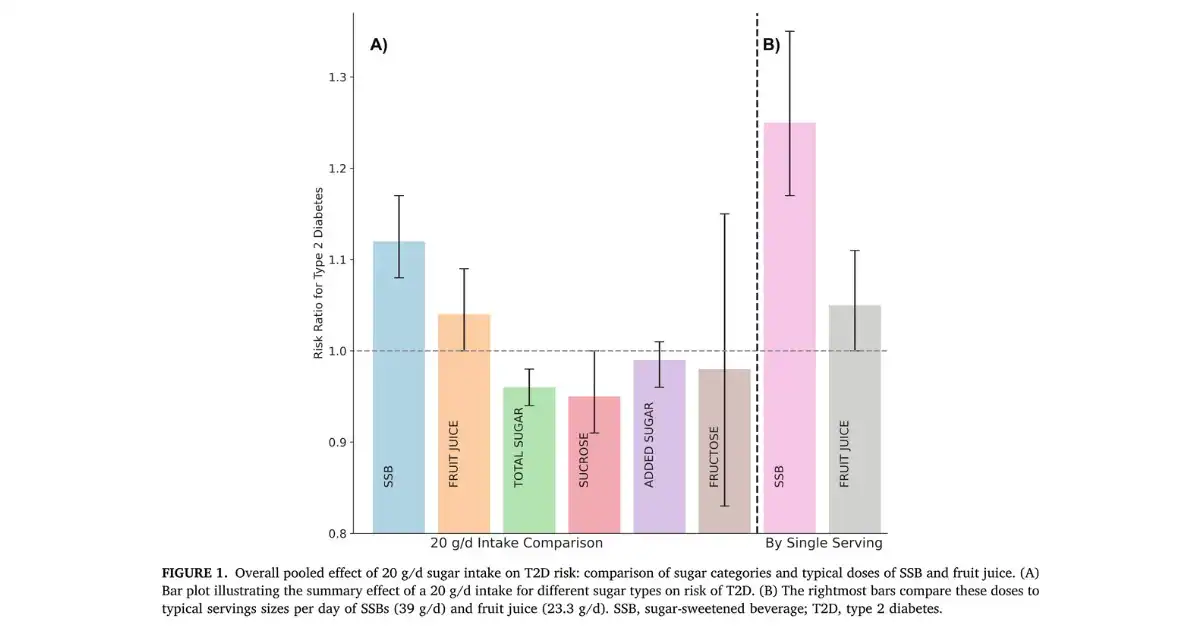
2. Sugary Drinks Dramatically Increase Your Diabetes Risk
Each additional serving of a sugar-sweetened beverage (SSB) per day increases your risk of developing T2D by 25 percent. This is one of the strongest dietary links identified in diabetes research.
The analysis pooled data from 17 studies involving more than 540,000 people and found a clear dose-response pattern. The more sugary drinks consumed, the higher the risk. There appears to be no safe threshold.
Even more concerning, this elevated risk persisted after adjusting for body weight and total calorie intake. This suggests that sugary drinks harm metabolic health through mechanisms beyond just excess calories.
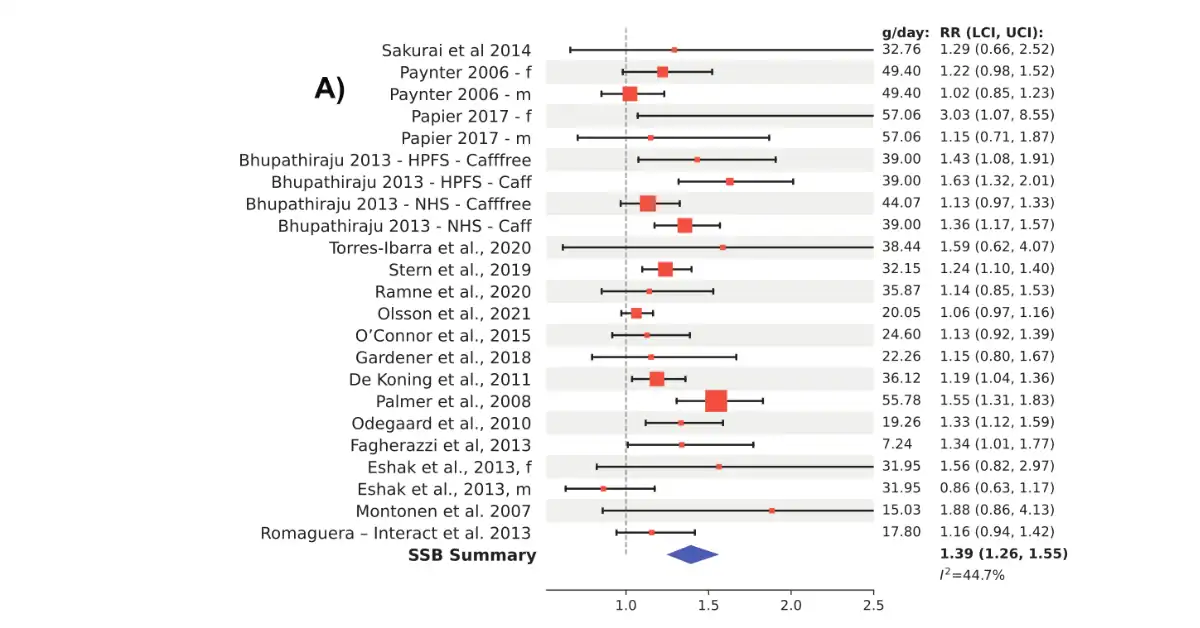
3. Fruit Juice Isn’t the Healthy Alternative Many Think It Is
Often marketed as a natural or nutritious choice, fruit juice also raised diabetes risk, though to a lesser extent than soda.
Each additional 8-ounce serving of fruit juice per day was associated with a 5 percent increase in T2D risk. While that’s lower than sodas, it still challenges the perception that juice is a safe substitute for whole fruits.
Without the fiber and structure of the whole fruit, fruit juice delivers sugar to the bloodstream quickly and produces similar effects to sugary beverages.
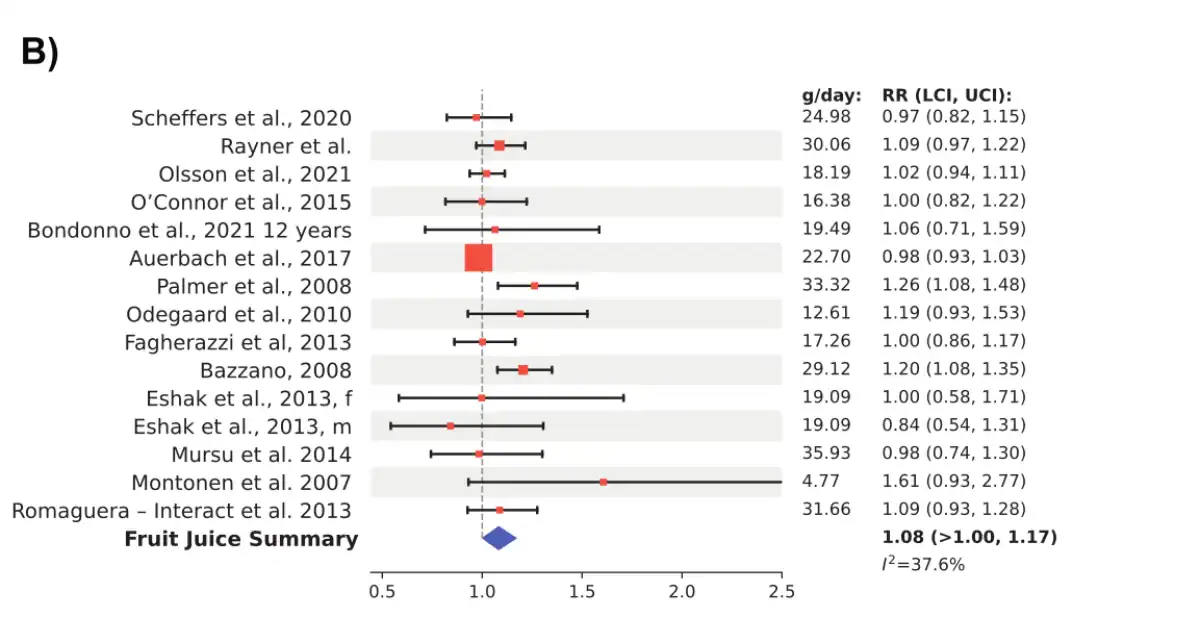
4. Sugar From Food Sources May Actually Protect Against Diabetes
In a surprising twist, the study found that sugar from solid food sources was associated with a reduced risk of type 2 diabetes.
For example:
- people who consumed 20 grams more total sugar per day had a 4 percent lower risk;
- those with higher sucrose (table sugar) intake from food had a 5 percent lower risk.
This protective effect may stem from the fact that sugars in whole foods are accompanied by fiber, protein, and other nutrients that moderate blood sugar response, especially in fruits, dairy, and whole grains.
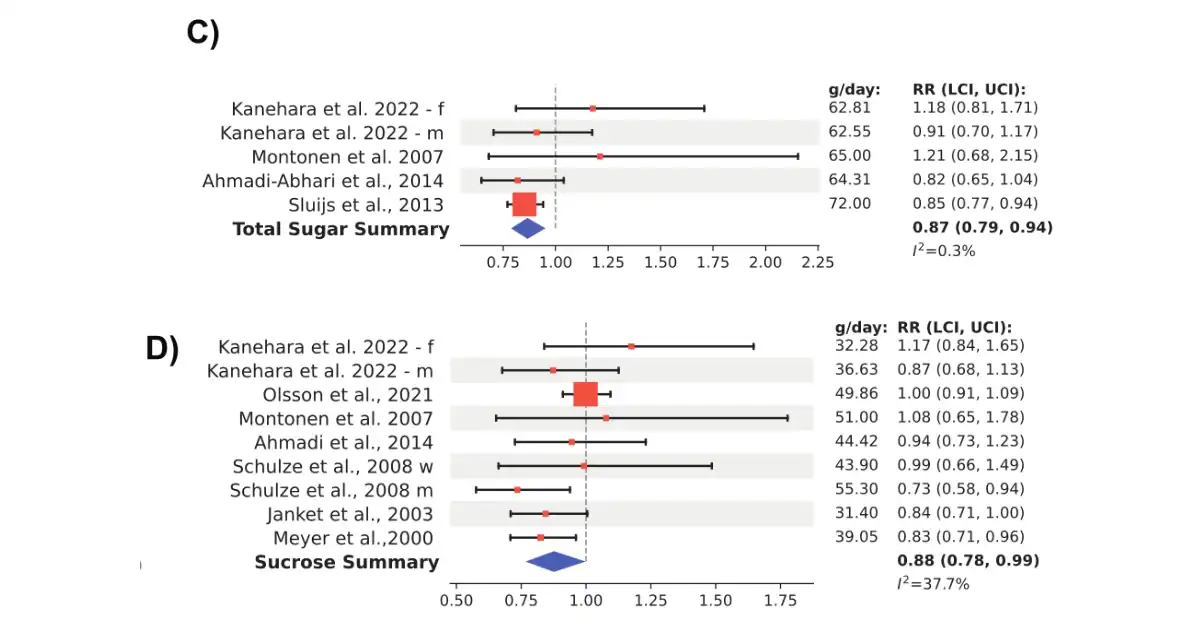
5. The Liquid Versus Solid Difference Has a Real Biological Explanation
This contrast is not just statistical. It reflects how the body processes sugar in different forms.
Liquid fructose, in particular, appears to stimulate fat production in the liver, a process called de novo lipogenesis. This can worsen insulin sensitivity and raise blood sugar, contributing to conditions like fatty liver and T2D.
Controlled trials show that sugary drinks raise insulin, blood sugar, and liver fat even without excess calories. These effects are not observed when sugar is consumed in solid form along with other nutrients.
6. Current Sugar Guidelines May Need to Be More Targeted
These findings suggest that public health recommendations should focus more on liquid sugar rather than applying the same limits to all dietary sugars.
Organizations like the WHO currently recommend limiting all “free sugars” to less than 10 percent of daily calories. These guidelines are based largely on evidence from sugary drink studies. But this research shows that sugar in nutrient-rich foods may behave very differently in the body.
As the study authors noted:
“The results do not support the common assumption that dietary sugar, irrespective of type and amount, is consistently associated with increased T2D risk.”
This could pave the way for more nuanced nutrition guidelines that distinguish between harmful liquid sugars and beneficial sugars found in whole, balanced foods.
What You Can Do
You don’t have to eliminate all sugar to protect your metabolic health, but reducing liquid sugar is a smart place to start.
Here are a few simple ways to take action:
- replace soda and juice with water, herbal tea, or sparkling water with fruit;
- choose whole fruits instead of fruit juice;
- don’t fear small amounts of sugar in nutrient-dense foods like yogurt or oats;
- focus on overall dietary patterns; fiber, whole foods, and portion balance all matter.
As research continues to evolve, one thing is increasingly clear: what’s in your cup may matter more than what’s on your plate.
You can read full study HERE